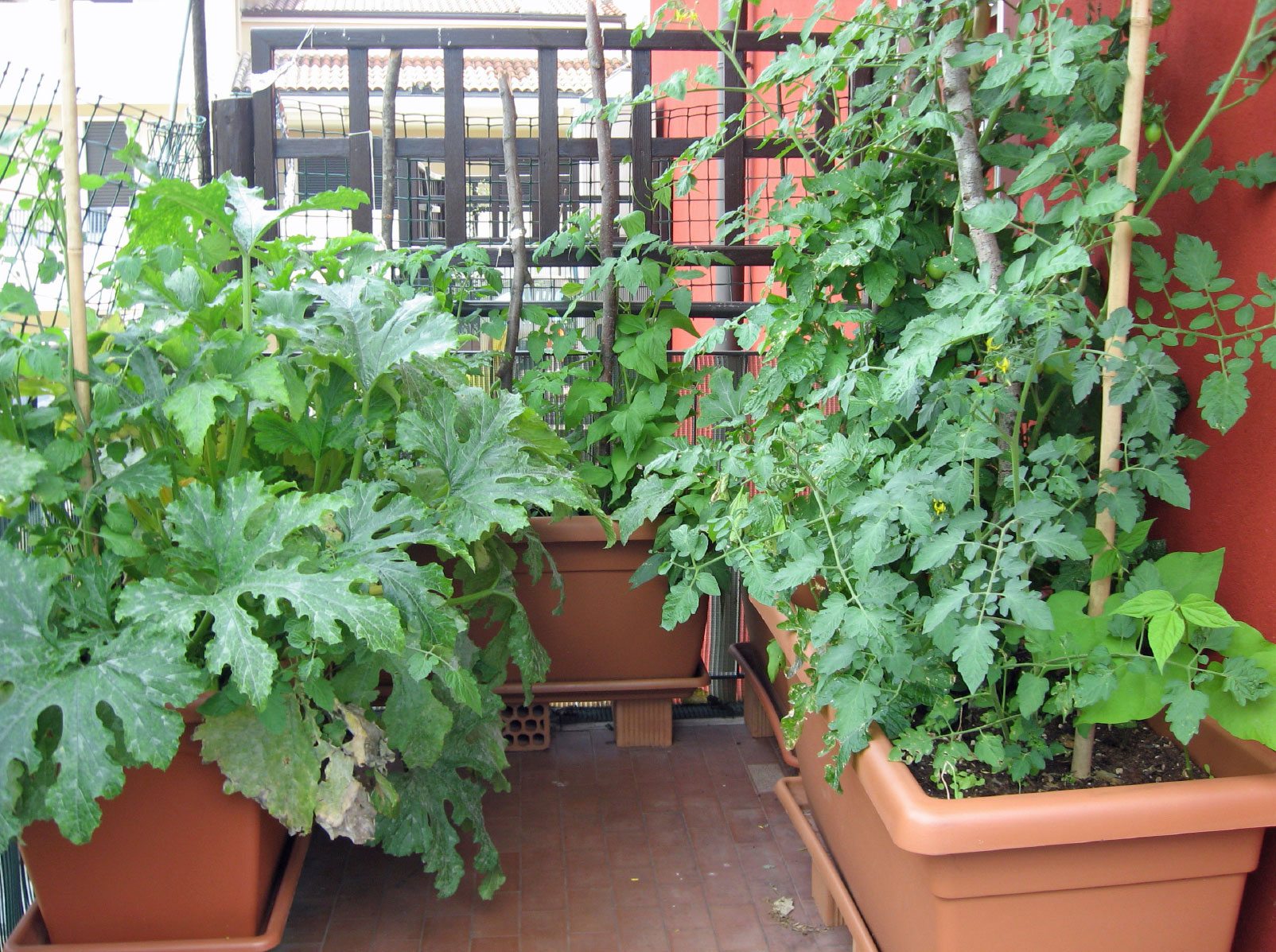Everything about City Blooming
Everything about City Blooming
Blog Article
Get This Report about City Blooming
Table of ContentsThe Basic Principles Of City Blooming What Does City Blooming Do?The smart Trick of City Blooming That Nobody is Talking AboutRumored Buzz on City BloomingThe 25-Second Trick For City Blooming
Interested in expanding food for sale in the City of Chicago? Below is a listing of regularly asked inquiries concerning the regulations and guidelines that cultivators should think about when planning a city farming project.
The zoning amendment does not customize any type of other codes managing composting, building authorizations, purchasing or renting City owned home, business licenses or ecological contamination. There are existing codes that regulate these problems and they stay completely effect and might be relevant to your project. Neighborhood yards are commonly possessed or managed by public entities, civic organizations or community-based companies and kept by volunteers.
Urban farms grow food that is meant to be marketed, either on a nonprofit or for-profit basis. Due to their industrial function, city ranches require an organization license.
About City Blooming
The amount of compost material can not exceed 25 cubic backyards at any given time according to the criteria in 7-28-715 of the City's Municipal Code. Due to the fact that the soil at most brand-new yard sites requires changing, garden compost, soil, timber chips, or other products can be gotten to create or boost the expanding space.

If a building authorization is needed after that the hoophouse will be considered an accessory building. You can figure out even more regarding the structure license requirements by getting in touch with the Department of Structures. The 25,000-square-foot size restriction is intended to stop a single area garden from controling a provided block or detracting from the block's existing residential or industrial personality.
The restriction does not put on yards located in Public Open Area (POS) districts. Can there be more than one community yard that is 25,000 square feet on a single block? Yes. The dimension limit puts on specific yards, not to specific blocks. No. Fence is not called for, however, gardens that have big parking lot might be required to mount fencing or various other landscape design features.
Unknown Facts About City Blooming
B1 & B2 districts need that all business usage tasks be conducted inside. R districts limit commercial activity. The guidelines reflect the objective and intent of the Zoning Code. Is fencing needed for city farms? Yes. Fencings may be needed, together with landscaping and testing, for sure parking lot and outside work or storage areas depending on place and the details activity occurring.
Urban farms require structure authorizations and zoning authorizations prior to construction (home and garden). Other forms of city testimonial might be called for depending on certain structures, activities, size, landscape design, licensing, public heath and stormwater administration issues.
The Division of Service Affairs and Consumer Security can assist identify the details type of business permit that's required. Off road car park is needed for most business tasks in Chicago. The required number of auto parking spaces is based on the number of workers functioning on website and not the square footage of the expanding space.
Rumored Buzz on City Blooming

Yes. An urban farm can market compost material generated on website, however, the operation should adhere to the regulations in 7-28-715 of the Chicago Municipal Code. Yes. Aquaponic systems are allowed indoors on metropolitan ranches in several zoning districts. Nonetheless, a zoning testimonial and building permit is called for in order to install structures or systems and a service license is needed as explained above.
As much as 5 hives or nests of honey bees may be kept as an accessory usage. Nonetheless, beekeepers must register with the Illinois Division of Farming. For additional information regarding the recommended zoning modification you might speak to the Division of Real Estate and Economic Growth, Bureau of Planning and Zoning at 312.744.8563.
Farming in cities and metropolitan areas An urban farm in Chicago. Urban agriculture refers to various methods of cultivating. https://clean-gondola-5c7.notion.site/City-Gardening-Transforming-Urban-Spaces-7213d2fdc6c341e8bd8975e4c2f79126?pvs=4, processing, and distributing food in metropolitan locations. The term likewise uses to the location tasks of animal husbandry, aquaculture, beekeeping, and gardening in a city context. Urban agriculture is distinguished from peri-urban farming, which takes area in backwoods beside suburban areas.
Indicators on City Blooming You Should Know
, who seek to create social networks started on a common values of nature and area holism. These networks can develop by way of formal institutional support, coming to be integrated right into neighborhood town preparation as a "change community" activity for sustainable urban growth.
Some of the first evidence of metropolitan farming comes from Mesopotamia.
Report this page